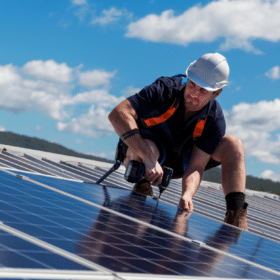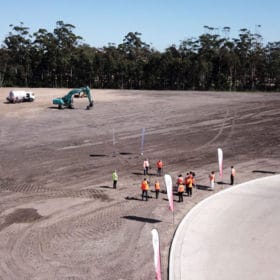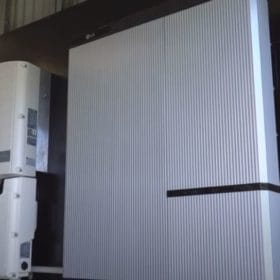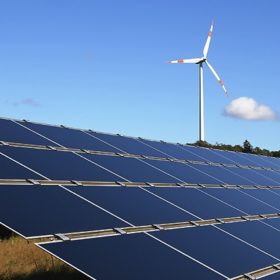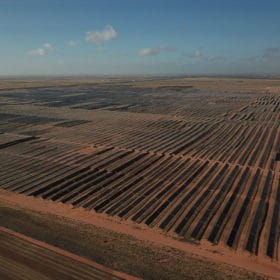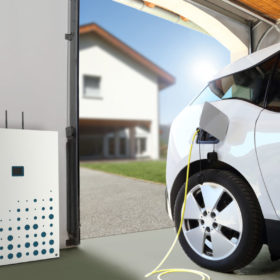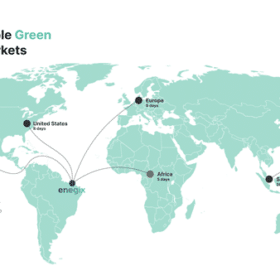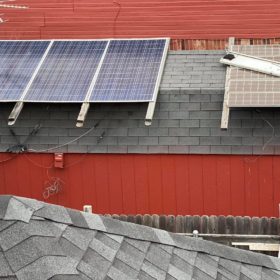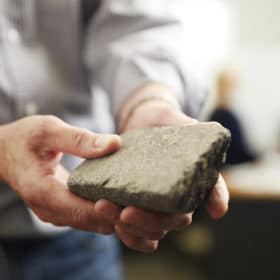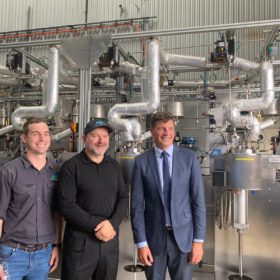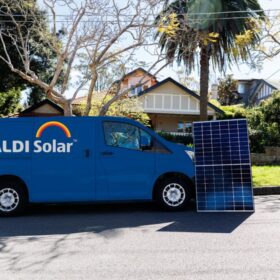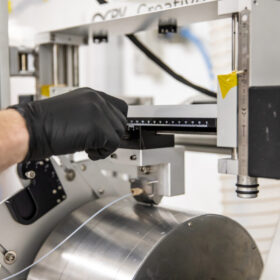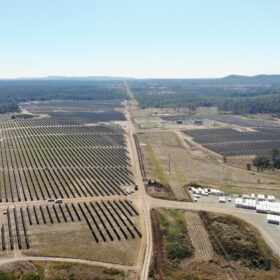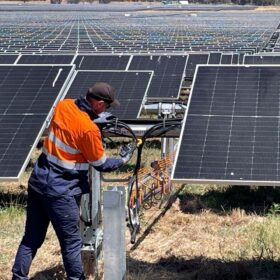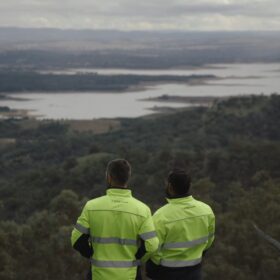Powercor program works to increase solar export capacity for 50,000 Victorians
Victorian electricity distributors Powercor and Citipower are setting out to alleviate grid congestion in area of high solar penetration, particularly in Western Victoria. The works are designed to increase the ability of rooftop solar owners to export solar to the grid amid the continuing uptake of residential solar.
$1.5 billion initiative to boost Australian battery production
With battery energy storage systems playing an increasingly critical role in the nation’s renewable energy transition, fledgling lithium-ion battery manufacturer Energy Renaissance has welcomed a Federal Government initiative designed to boost processing of critical minerals needed for batteries, solar panels and wind turbines and build the country’s manufacturing capability.
Overheating issues prompt recall for LG Energy battery systems
LG Energy Solution is facing consumer concerns with the Australian Competition and Consumer Commission (ACCC) confirming a recall notice for some of the company’s battery energy storage systems (ESS) due to potential defects which can cause overheating and fire.
Province Resources moves ahead with 1 GW renewable hydrogen project
ASX-listed Province Resources is pushing ahead quickly with its plan to develop a 1 GW hybrid solar PV and wind farm in Western Australia as part of a proposal to produce renewable hydrogen for domestic and foreign markets.
Mars switches to solar to help it work, rest and play
Mars Australia has signed a massive power purchase agreement with Victoria’s largest solar farm, Total Eren’s Kiamal Solar Farm, to offset 100% of its electricity with solar power. The confectioner has six factories and two offices in Australia which used over 850 GWh of energy in 2020, energy supplied by solar from now on.
Origin Energy launches “one-stop shop” for EV fleet transition
Australia’s laggardly uptake of electric vehicles is set for a boost after Origin Energy announced a partnership with Custom Fleet to provide a holistic solution to EV fleet transition. Fleet cars make up almost half of all new car sales in Australia and upgrading Australia’s commercial vehicles to electric is seen as key to reducing transport emissions.
Australia-based Enegix Energy planning $5.4bn Brazilian green hydrogen plant
The facility is expected to be located in the state of Ceará and to be powered by around 3.6 GW of wind and solar facilities located in the region. The project developer is Australia-based Enegix Energy.
Is Australia’s solar industry really still shonky? Finn Peacock on the industry’s best and worst bits
Why do you almost never hear about prosecutions for illegal phoenix activity? Why do some Approved Solar Retailers behave so badly? And what remains of Australian solar’s cowboy history?
WA start-up prepares to be one of the world’s first Li-ion battery anode producers outside China
With reins tightly held by China, a handful of players are trying to prise the production of a core ingredient of lithium-ion batteries out of Goliath’s hand before the battery boom begins in earnest with the electrification of the transport sector. The head of one of those companies, WA start-up International Graphite, spoke to pv magazine Australia about the hunger of both investors and customers, and the surprisingly collaborative race to feed global demand.
Angus Taylor launches $50 million carbon capture fund despite long road
As present affairs of state attest, sweeping things under the rug is the preferred strategy of the Morrison Government, and hence its $50 million investment in carbon capture and storage (CCS). According to a recently published report from IDTechEx, CCS faces a difficult few years and a long way to go. Unfortunately, even if he does reach its forecasted scale by 2040, its capacity to remove emissions from the atmosphere in any hurry is negligible.
